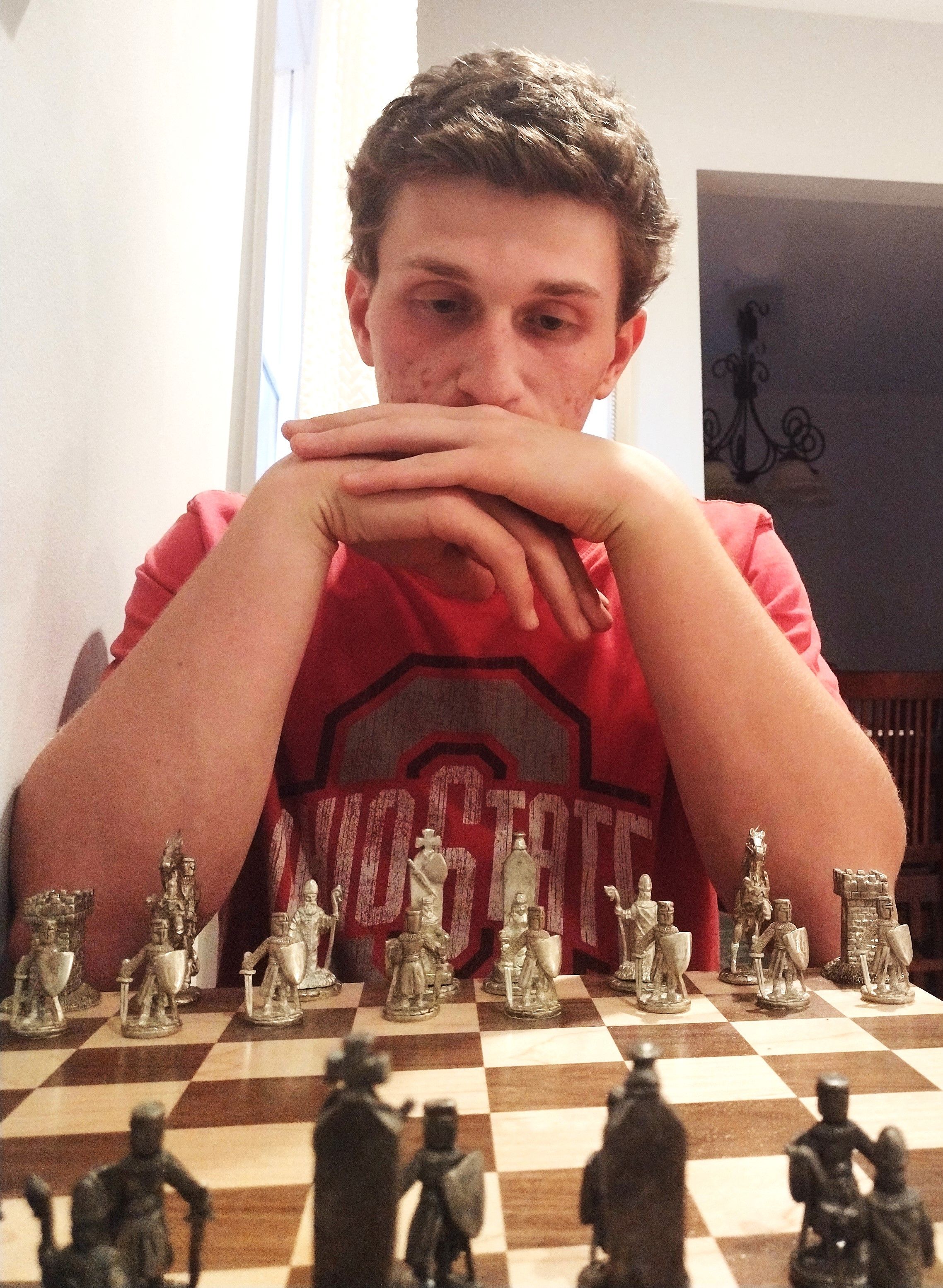
The Nimzowitch-Larsen Attack Guide for Intermediate Players
Hey guys!, today I am going to write about something that I have at least some knowledge of, the Nimzowitsch Larsen attack. From the likes of Grandmasters like Hikaru to just your average day joe's the Nimzowitsch Larsen attack is gaining popularity in recent years. Strangely enough even though most engines say that after the first move (b3) that it is basically even, it is rare to see a Nimzowitsch Larsen attack in classical and it is more popular in blitz.
The Basics
The Nimzowitsch Larsen attack is played with the white pieces after the move b3. The basic idea of this opening is to use the extra tempo that white has at the start of the game to prepare to fianchetto the dark squared bishop. Long term, that bishop is a very strong piece that can often attack the black king if they castle kingside. In the short term, the strong dark squared bishop makes it hard for black to immediately take the center.
The Main Lines (kinda)
Now we will dive into the main line of the Nimzowitsch Larsen attack, however it is important to know that these won't be the standard GM played and engine analyzed main lines. The true main lines are way to weird with both sides putting their knights on the A file before move ten. Ok so now that we got that out of the way lets talk about black's 2 main replies to b3. Those are usually e5 and d5. Note: with e5 it will probably be more of a aggressive game while d5 tends to be more drawish. Against basically any response you play basically the same set up. You put your bishop on b2 play e3, Nf3 and then play for the d4 and c4 pawn breaks in the center.
The set up is similar against d4 as well but the move order is a little different. Note: most of the time the move order is not super important.
Advanced Concepts
Now that you understand the basics and the main lines, you might want to know what to do next. You may be wondering " what are the next ideas in this opening?". First of all, the standard opening principles still apply, you should develop your bishop to e2 and castle and you should also develop you knight to either d2 or to c3.After you have done this its a good idea to start to push for the c4 and d4 pawn breaks. Against e5 you will battle for d4 and e5 and try to break up black's hold on the center.
When you play against d4 the battle will be for c4, usually is these position there will be lots of unclarity in the position. Instead of making the position clearer, you should try to keep the pressure by bring your rooks to the C file. The C file and the D file will be important in the endgame so bring your rooks to those files is important.
There is also this symmetric line which you might also face and the ideas are the same but its a lot harder to get c4 against that.
Tricks and traps to watch out for
While there aren't a ton of tricks that your opponents have at the lower level but there are some that you have to watch out for. For instance there are positions where you can get some thing similar to a Greek gift which could lose you the game on the spot.
The is also a trick in the e5 line which if you get carless you could blunder a knight to a pin and a pawn push. There are some ways to get out of this trap but your position would be worse and you would be down a pawn as well.
Tricks and Traps for you to fool your opponent
Often at the lower levels at around 1100 and 1200 player will blunder pawns and sometimes even full rooks. It is important that you know how to take advantage of any of the mistakes your opponents make. Your strong dark squared bishop can cause e5 and g7 to be very weak and sometimes your opponents will blunder.
This trap happens more often that you would think and especially in bullet when players are making quick moves and not thinking about it much.
This one just is a free pawn and often black will do something like this trying to get a big center but not defending it properly.
Those are just some of the tricks usually with the e5 pawn and the g7 pawn and they are things to definitely look out for.
Conclusion
This opening help me a lot to get from 1100 to 1600 where I am at now and because of its tricks its element of surprise and how fun it is to play I think everyone should try to learn and play b3.
Hi, thanks for reading. Let me know what you think, tell me if you are going to try this opening!!!.
